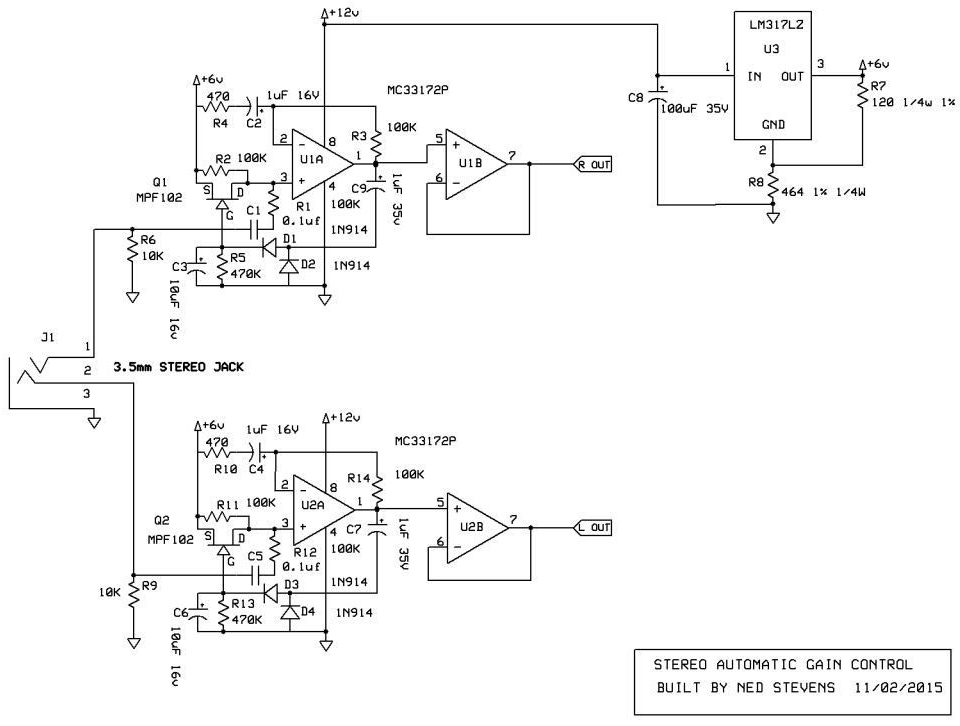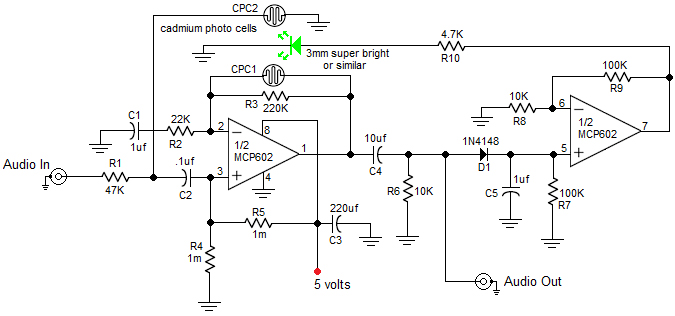Devices I use that probably would do the job may not be directly applicable, but should give you some ideas.
Devices are called audio compressors or pedal amplifiers. They reduce the dynamic range of signals by amplifying the low signal levels and compressing the high signal levels.
I use a Sampson MXP124 microphone mixer. It has two channels with audio compression available. Simple, single knob per channel. Works well for what I use it for, which is a longer story not relevant here. Sampson may make much simpler equipment with similar audio compressors.
I also use a Dunlop MXR M-132 pedal amp or super compressor. Intended for professional guitar use, it is a single channel, and includes variable attack and gain. I use it with a 9-volt battery but the manual says an AC adapter is available.
Excellent device, small, but single channel (no stereo). (Pedal amplifier is a music term, do not worry, no feet required.) Again — these are sources of ideas, not necessarily solutions.


